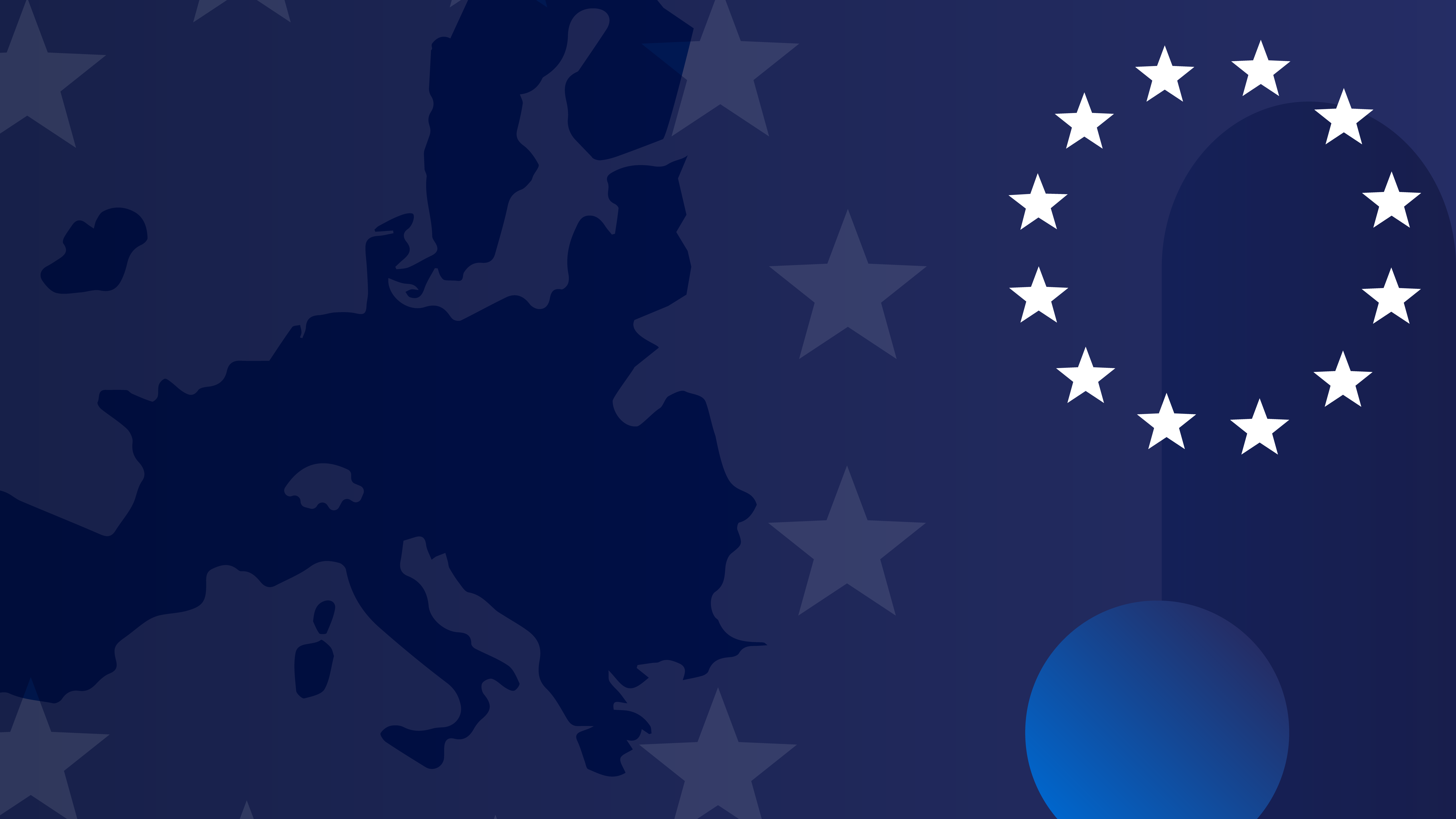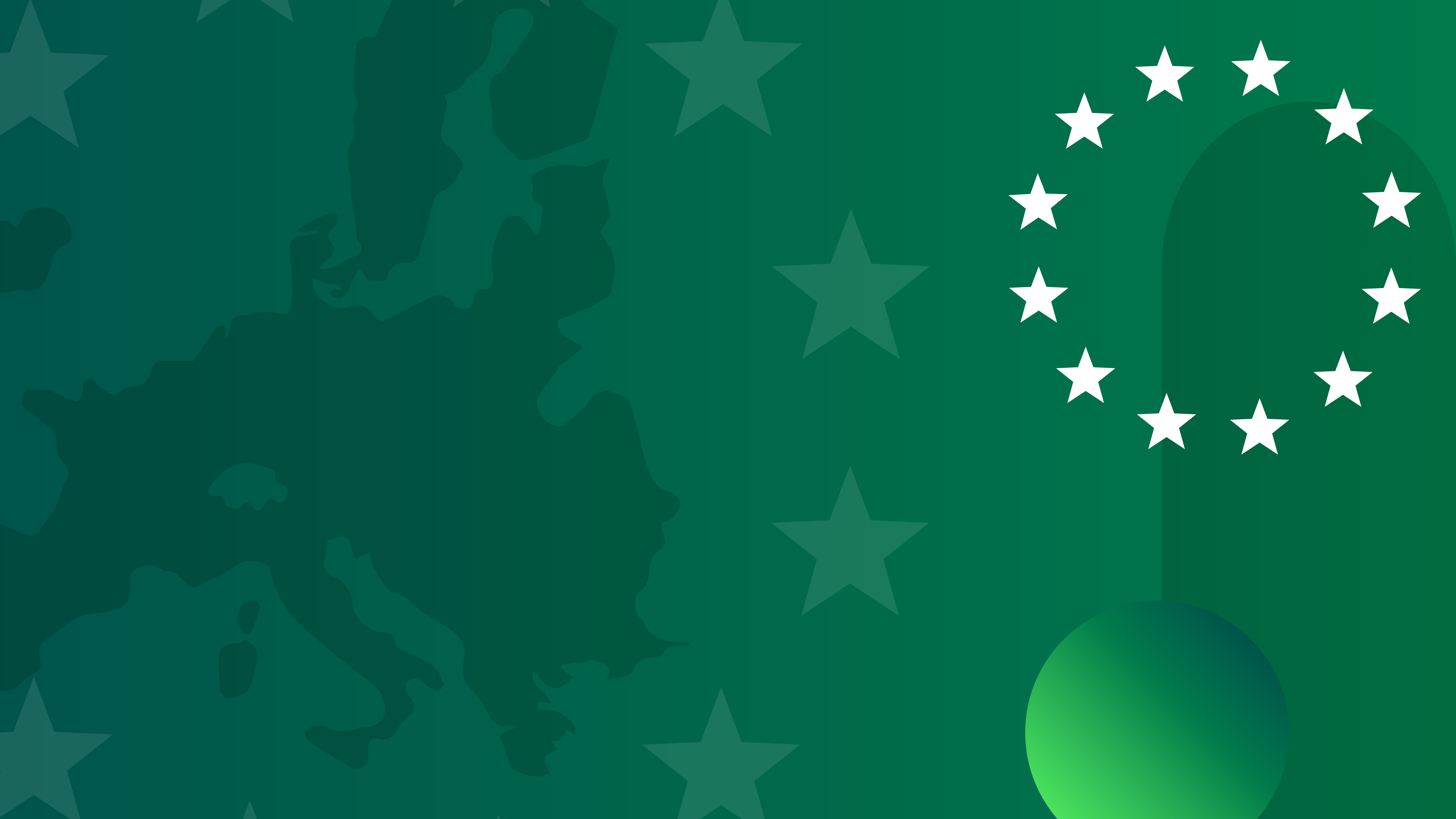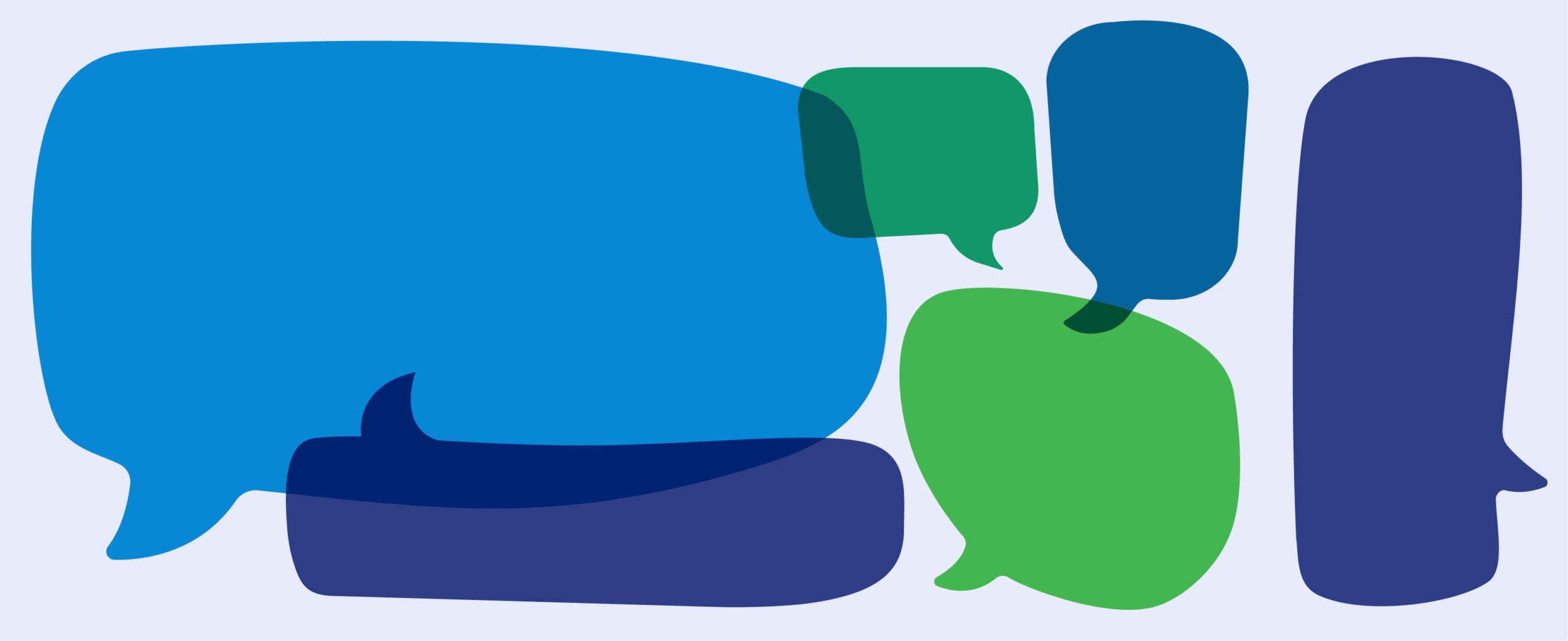Progress continued to be made in 2022, paving the way for a more inclusive industry.
As many in the accessibility community will tell you, inclusive design isn’t an endeavor that’s “one and done.” It’s a continuous, ongoing effort to ensure that as new products and services are made, people with different needs or disabilities aren’t left out. Over the last three years, Engadget has produced a report, in addition to our regular coverage, that looks back on the developments in the tech industry that impact the accessibility community, focusing on the largest companies like Apple, Amazon, Google, Microsoft and Meta. Of course, there are plenty of other big companies to consider, like Uber, Airbnb, Netflix and more. But the six we’ve selected have an outsized impact and influence on the industry.
Last year, we saw significant developments that could pave the way for more accessible designs in future, such as the opening of Microsoft’s Inclusive Tech Lab. In October, the University of Illinois (UIUC) partnered with Amazon, Apple, Google, Meta and Microsoft on a Speech Accessibility Project to improve voice recognition for those with atypical speech patterns that AI algorithms rarely consider. But there were also major setbacks, such as Elon Musk dismantling the accessibility team at Twitter, amid everything else that happened in that hellhole.
All around the industry, we saw pieces of news that showed greater interest overall in accessible products and design. According to LinkedIn’s vice president of engineering, Erran Berger, there has been a 33 percent increase in the last year in “people sharing insights, ideas and problem solving together related to accessibility”. Berger said this corresponded with a “significant uptick in the total annual number of U.S. job postings with the word ’accessibility’ in the job title.” LinkedIn data shows that these postings have “spiked 171 [percent] since September 2019.”
This increased interest permeated all of tech. Comcast debuted its Xfinity large button voice remote last year, for example, while popular chat app Discord updated its Windows app to support high contrast mode, as well as enable alt-text for image in iOS. There were also plenty of startups and smaller device makers that are creating products like wearables and hearing aids to help those with disabilities better interact with the world.
As we continue to call for a more inclusive design process that follows the accessibility community’s mantra of “nothing about us without us,” it’s worth taking the time to see which companies have fared well and which have failed to consider people with different needs.



